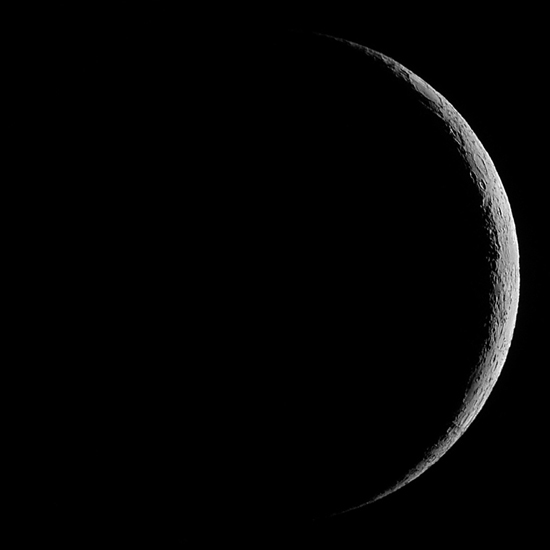When I was 11, my grandmother gave me a small telescope. With it, I’ve viewed the Moon, planets, stars, and galaxies. I learned to sight objects through the small finderscope on the side and then track them in the main lens for some amazing views. It’s not a great telescope, but it showed me the moons of Jupiter, the rings of Saturn, beautiful views of our Moon. I remember looking at the Moon the night that man first landed there…and I could plainly see the Sea of Tranquility and imagine men walking around there.
Watching any object over time, I’d have to adjust the telescope every half-minute or so because the object would drift out of the small circle of sight. When I’d look directly up at the sky, nothing seemed to move; but when I focused on anything through the lens, it rushed across the field of vision and disappeared past the rim of sight. I knew—but didn’t really understand—that the world was turning under the heavens and moving my point of view. I also learned how the Moon moved slowly across the sky each month to wax into Full and wane into New; I couldn’t see the constant motion, but when I made a point to notice how the Moon was in a new place in the sky each night, I understood that it was moving. Then I grew to understand that watching carefully in the telescope, I could actually see the constant motion. It took me years to realize that I was seeing both the turning of the Earth and the motion of the Moon…but it required my careful attention and a telescope.
Reykjavik, June 21, 2014: Looking north, the Sun sets from west to east.
Later—much more recently—I was in Reykjavik, Iceland on the longest day of the year, the Summer Solstice when the northern pole of Earth is leaning toward the Sun. Some friends and I watched the sunset that night. As I watched, I realized that I was seeing the sunset apparently to true north and it seemed to move from west to east…it was completing a celestial circle around the pole of Earth and I was far enough north to see it. Watching sunsets in Pennsylvania has always been a matter of seeing it rise upward in the east and set downward in the west. But in Reykjavik, the Sun made a circle in the sky that night and I watched it set due north, moving west to east and then rise continuing its motion in the same direction. I could actually see that I was on top of the world. It didn’t take long to realize that I was seeing something that I’d read about and understood…but careful attention now allowed me to see it.
In one of my favorite poems, The Lovesong of J Alfred Prufrock by T. S. Eliot, the very timid narrator says, “I’ve measured out my life in coffee spoons.” Sometimes, that line is the logo of my life: I’ve been cautious and methodical and conservative and I’ve lived in a very measured way. Sometimes, I can’t sense that things are moving at all…the motion is very hard to discern. Sometimes a morning in October seems exactly like a morning in the preceding April: same kitchen, same table, same chair, same coffee, same mug. I used to drive to work along back roads through the quasi-farmlands and suburbs outside Philadelphia, back roads that seemed not to change as well. The seasons changed, but even they are largely predictable. October has the same colors as April, except that it’s dying leaves of color rather than sprouting blossoms.
This failure to see it is a failure of neither the motion nor my life…the coffee each morning is new and the roads of Pennsylvania change even in their constancy. It is purely a failure of my perception—maybe a failure of my coffee-spoon-measured caution—that prevents my seeing it. Because when I use the right tool or stand in the right place and look carefully enough, I see that all is in motion....we're all going somewhere.

